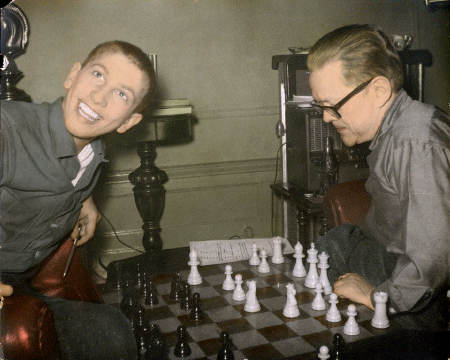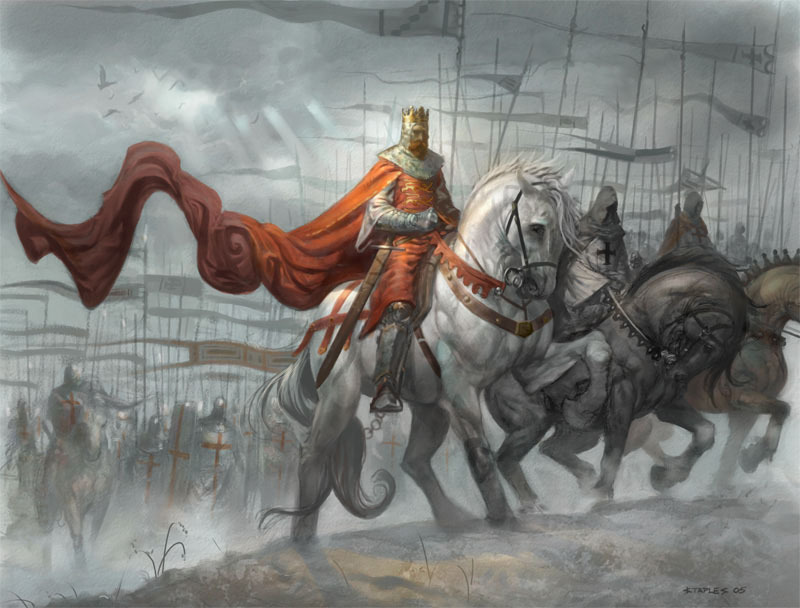

bxc3 Nxe4 ! Fischer again offers material in order to open the e-file and get at White's uncastled king.ġ4. 13.Qb4 Nxg5 14.Nxg5 Bxd1 15.Kxd1 Bxd4 16.Qd2 Bxf2 with a winning material advantage (Fischer).ġ2.13.Qc1 Qa5+ 14.Nc3 Bxf3 15.gxf3 Nxg5 regains the sacrificed piece with a better position and extra pawn.13.Bxe7 Nxc5 14.Bxd8 Nxa4 15.Bg5 Bxf3 16.gxf3 Nxb2 gives Fischer an extra pawn and ruins Byrne's pawn structure.If Byrne plays 12.Nxa4, Fischer will reply 12.Nxe4, leaving Byrne with some terrible choices: Fischer offers an ingenious knight sacrifice. Na4 !! "One of the most powerful moves of all time." ( Jonathan Rowson). Flear–Morris, Dublin 1991, continued 11.Be2 Nfd7 12.Qa3 Bxf3 13.Bxf3 e5 14.dxe5 Qe8 15.Be2 Nxe5 16.0-0 and White was slightly better. Numerous authors suggest 11.Be2 instead, protecting the king and preparing kingside castling. e5, but Byrne errs by not completing his development. These factors would not have been very significant had Byrne attended to his development on his next move. Bg4 Byrne's pawns control the center squares, but Fischer is ahead in development and has castled, while Byrne's king is still in the center. 10.Qb3 would have left the queen better placed, although it would have invited further harassment with 10.Be6.ġ0. Since both those squares are protected by Byrne's knight on c3, he understandably did not appreciate the danger. Ne4, as Fischer brilliantly demonstrates. Qc5 An awkward square for the queen, which leaves it exposed to a possible. Fischer's choice is a little slow, although one would not guess that from the subsequent play.ĩ. e4 Nbd7 In later games, Black played the more active 8.b5 followed by 9.Qa5. Qxc4 c6 Also possible is 7.Na6 (the Prins Variation), preparing. dxc4 Fischer relinquishes his center, but draws Byrne's queen to a square where it is exposed and can be attacked.ħ. Qb3 A form of the so-called Russian System (the usual move order is 1.d4 Nf6 2.c4 g6 3.Nc3 d5 4.Nf3 Bg7 5.Qb3), putting pressure on Fischer's central d5-pawn.Ħ.
#Bobby fischer the knight who killed the kings code
Bf4 d5 The game has now transposed to the Grünfeld Defence (5.d5, ECO code D92), usually initiated by 1.d4 Nf6 2.c4 g6 3.Nc3 d5.Ħ. After Fischer's 4.0-0, Byrne could have played 5.e4, whereupon 5.d6 6.Be2 e5 reaches the main line of the King's Indian Defense.ĥ. The Black move 4.d5 would have reached the Grünfeld Defence immediately. d4 0-0 Fischer castles, bringing his king to safety. Nc3 Bg7 Fischer defends based on " hypermodern" principles, inviting Byrne to establish a classical pawn stronghold in the center, which Fischer intends to target and undermine with his fianchettoed bishop and other pieces.Ĥ. From here, the game can develop into a number of different openings.ġ. White: Donald Byrne Black: Bobby Fischer Opening: Grünfeld Defence ( ECO D92)ġ. This section uses algebraic notation to describe chess moves. ( July 2013) ( Learn how and when to remove this template message) Statements consisting only of original research should be removed. Please improve it by verifying the claims made and adding inline citations.

This section possibly contains original research. At the end, Fischer's pieces coordinate to force checkmate, while Byrne's queen sits useless on the other side of the board. Byrne captures the queen, but Fischer gets copious material for it – a rook, two bishops, and a pawn. Fischer pounces with brilliant sacrificial play, culminating in a queen sacrifice on move 17. Byrne (playing White), after a standard opening, makes a seemingly minor mistake on move 11, losing a tempo by moving the same piece twice. In this game, Fischer (playing Black) demonstrates noteworthy innovation and improvisation. He won the world championship in 1972, and is considered one of the greatest chess players of all time. (Closed) Championship (and all seven later championships in which he played), qualifying for the Candidates Tournament and becoming in 1958 the world's youngest grandmaster at age 15. Open on tiebreaks, winning the 1957–58 U.S. His overall performance in the tournament was mediocre, but he soon had a meteoric rise, winning the 1957 U.S. Robert "Bobby" Fischer (1943–2008) was at this time a promising junior facing one of his first real tests against master-level opposition. He became an International Master in 1962, and probably would have risen further if not for ill health. Open Championship, and represented the United States in the 1962, 1964, and 1968 Chess Olympiads. Donald Byrne (1930–1976) was one of the leading American chess masters at the time of this game.


 0 kommentar(er)
0 kommentar(er)
